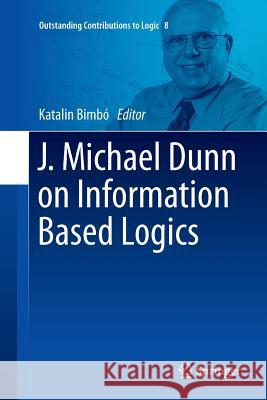J. Michael Dunn on Information Based Logics » książka
topmenu
J. Michael Dunn on Information Based Logics
ISBN-13: 9783319805351 / Angielski / Miękka / 2018 / 436 str.
Kategorie BISAC:
Wydawca:
Springer
Seria wydawnicza:
Język:
Angielski
ISBN-13:
9783319805351
Rok wydania:
2018
Wydanie:
Softcover Repri
Ilość stron:
436
Waga:
0.66 kg
Wymiary:
23.39 x 15.6 x 2.46
Oprawa:
Miękka
Wolumenów:
01











